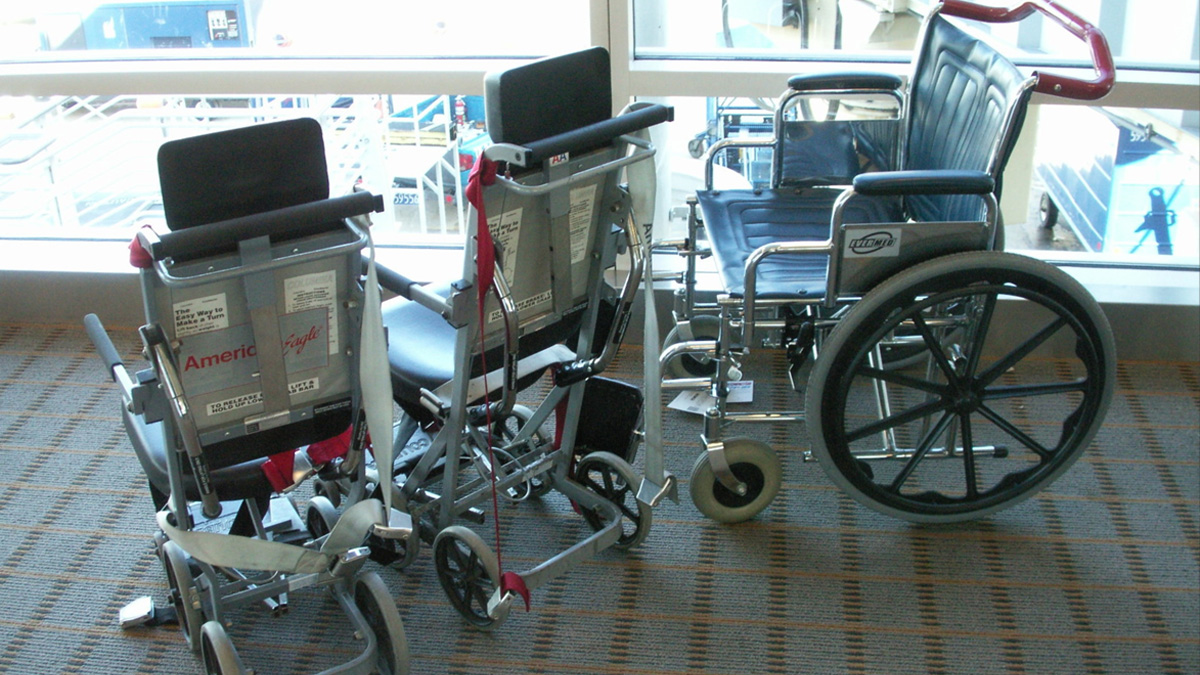Children and adults with CP might use a wheelchair, gait-trainer, or other weight-bearing device to aid in mobility. Such an aid is generally referred to as a “supported mobility device” (SMD). Families, patients, and rehabilitation teams decide whether or not to use a SMD and if so, which one to choose. This decision-making process is repeated throughout the patient’s life, as technology improves and abilities change. This investigation is the first phase in a multi-phase, mixed-methods study to investigate the processes and outcomes of SMD decision-making in adults and children with CP. This initial phase will form the foundation for understanding how SMD decision-making takes place, specifically identifying the barriers, facilitators, and strategies for people with CP to engage in joint mobility decision-making across their lifespan. The investigators will explore the influence of development, functional mobility, age, and environment on supported mobility, engaging children and adults with CP, their families, and rehabilitation providers in order to develop a supported mobility assessment tool. Specific goals of this study include understanding mobility experiences, SMD use, and desired participation outcomes of children, youth, and adults with CP. It will also determine how perspectives of rehabilitation care providers and other professionals influence the mobility decision-making processes and outcomes in people with CP and their caregivers. The desired outcome is for this foundational work to lead to further investigations that will significantly improve SMD service delivery as well as improve the quality of care for persons with CP.
Research Team
- Dr. Kristie Bjornson PT PhD MS, Dr. Heather Feldner PT PhD PCS
